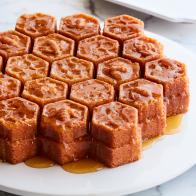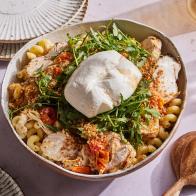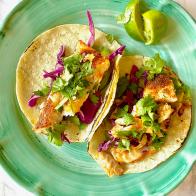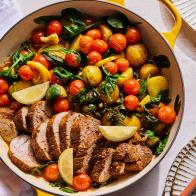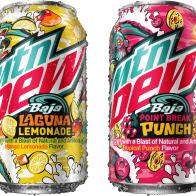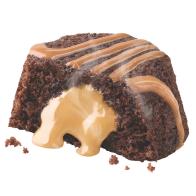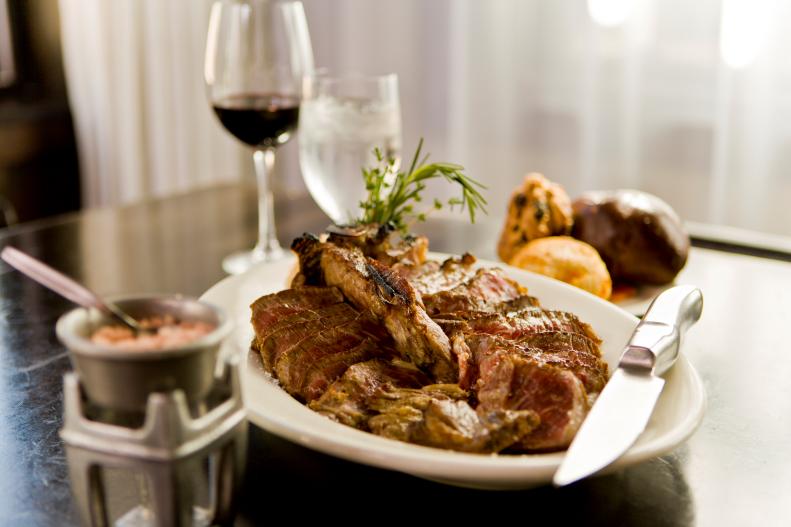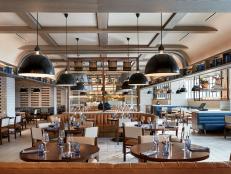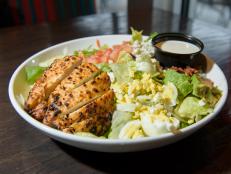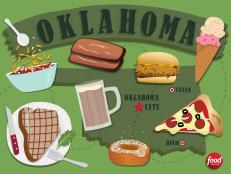1 / 16
Prime One Twelve, Miami: Kobe Ribeye
Prime One Twelve claims to be the first modern steakhouse in the US — a serious distinction — but they're not all talk. Since 2004, they've served Miami dishes like Kobe beef dumplings that would lead to chin-scratching from old-school chophouse maitre d's. They continue the Kobe experimentation with hot dogs ($28) and hamburgers ($30), but the most-luxurious thing on the menu is certainly the Japanese A5 Kobe at $230 for a 35-ounce bone-in rib-eye. However if you'd like to save a few bucks (and put on a few extra pounds), go for the Porterhouse for two, at $125..
